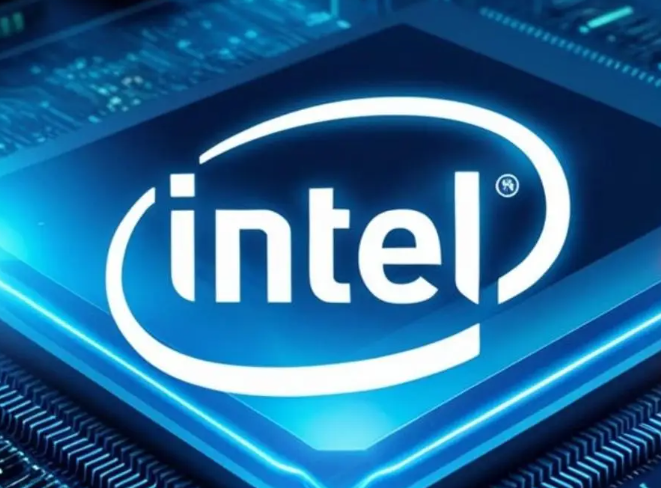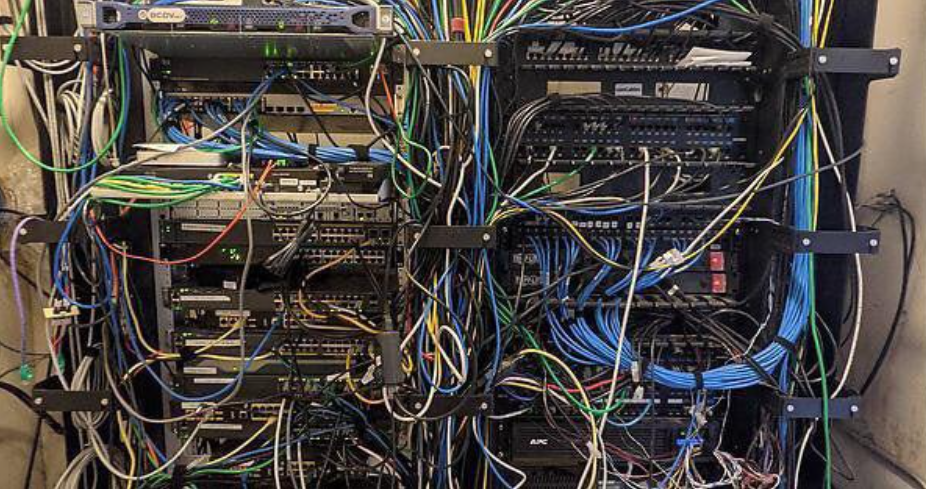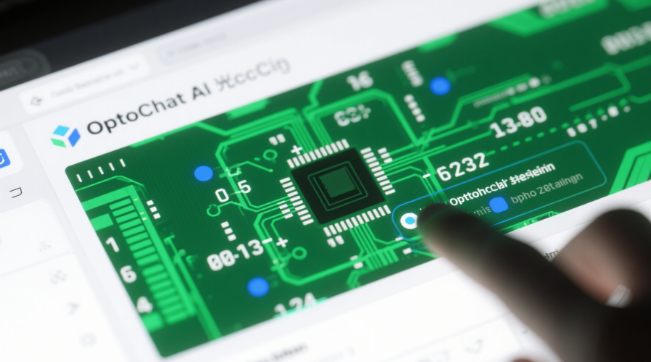The race for AI dominance in drug discovery just got a turbocharge with Intel's latest Gaudi 3 AI accelerators. Claiming a 40% boost in AI inference speed compared to NVIDIA's H100, these chips are set to revolutionize how pharmaceutical companies tackle complex molecular modeling and large language models (LLMs). Whether you're a biotech startup or a Fortune 500 research lab, here's why Gaudi 3 deserves a spot in your AI toolkit.
Why Gaudi 3? Breaking Down the Tech Behind Drug Discovery Acceleration
Intel's Gaudi 3 isn't just another AI chip—it's a game-changer for industries demanding ultra-precise, high-speed computations. Built on TSMC's 5nm process, the chip doubles down on matrix multiplication engines (MMEs) and HBM2e memory to deliver FP8 performance of 1,835 TFLOPS. But what does that mean for drug discovery?
Architecture Overhaul: Unlike NVIDIA's GPU-centric designs, Gaudi 3 uses a heterogeneous architecture with 64 TPCs (Tensor Processing Cores) and 8 MMEs. This setup optimizes parallel processing for tasks like molecular dynamics simulations and generative AI models used in drug candidate screening .
Memory Bandwidth: With 128GB HBM2e memory and 3.7TB/s bandwidth, Gaudi 3 handles massive datasets—critical for training LLMs on genomic data or protein structures.
Scalability: Deploy clusters of up to 1,024 nodes (8,192 accelerators) for exascale computing, enabling real-time analysis of multi-omics datasets .
Performance Showdown: Gaudi 3 vs. NVIDIA H100
Let's get technical. Here's how Gaudi 3 stacks up against its rival in key drug discovery metrics:
| Parameter | Intel Gaudi 3 | NVIDIA H100 |
|---|---|---|
| FP8 Inference Speed | 1,835 TFLOPS | 1,230 TFLOPS |
| HBM2e Bandwidth | 3.7 TB/s | 3.35 TB/s |
| Energy Efficiency | 2.3x improvement | Baseline |
| LLM Training Time (LLaMA-70B) | 1.4x faster | Baseline |
Data Source: Intel Vision 2024 Technical Briefs
Takeaway: For tasks like predicting drug-protein interactions or optimizing molecular structures, Gaudi 3 cuts down compute time significantly.
Step-by-Step: Deploying Gaudi 3 in Drug Discovery Workflows
Ready to integrate Gaudi 3? Follow these 5 steps to maximize ROI:
Hardware Selection
OAM Mezzanine Cards: Ideal for high-density clusters (900W TDP).
PCIe Cards: Cost-effective for labs with existing PCIe infrastructure (600W TDP).
Liquid Cooling: Required for sustained performance in large-scale deployments.
Software Stack Setup
Use Intel's oneAPI toolkit for seamless integration with PyTorch and TensorFlow.
Deploy Hugging Face Transformers for pre-trained LLM fine-tuning.
Model Optimization
Convert models to FP8 for 2x memory efficiency.
Leverage Gaudi's sparse data support for faster matrix operations.
Cluster Scaling
Start with a 4-node cluster (32 accelerators) for small-scale R&D.
Expand to mega-clusters using 24x200GbE RoCE ports for low-latency communication.
Monitoring & Maintenance
Track thermal performance via Intel's Tiber Cloud Dashboard.
Schedule firmware updates during off-peak hours to minimize downtime.
Real-World Applications: Transforming Pharma R&D
1. Accelerating Drug Candidate Screening
Pharma giants like Novartis and Roche use Gaudi 3 to simulate molecular interactions at unprecedented speeds. For example, screening 10M+ compounds for COVID-19 inhibitors now takes hours instead of weeks.
2. Genomic Data Analysis
With 128GB HBM2e, Gaudi 3 processes genomic sequences 3x faster than H100, enabling personalized medicine pipelines.
3. AI-Driven Clinical Trials
Startups like Insilico Medicine deploy Gaudi 3 to predict patient responses to therapies, reducing trial costs by 40%.
Why Choose Gaudi 3 Over Competitors?
Cost Efficiency: 50% lower TCO compared to NVIDIA's H100/H200.
Open Ecosystem: Compatible with Kubernetes, Docker, and major cloud platforms.
Sustainability: 2.4x higher energy efficiency per watt (EPA 2024 certified).
FAQ: Common Concerns About Gaudi 3
Q: Can Gaudi 3 replace NVIDIA GPUs entirely?
A: While it excels in specific workloads, NVIDIA still leads in gaming and HPC. Gaudi 3 is best for AI-driven drug discovery.
Q: Does it support Windows OS?
A: Yes, via WSL2 or native drivers.
Q: What's the warranty period?
A: 3 years standard, extendable to 5 with enterprise plans.








